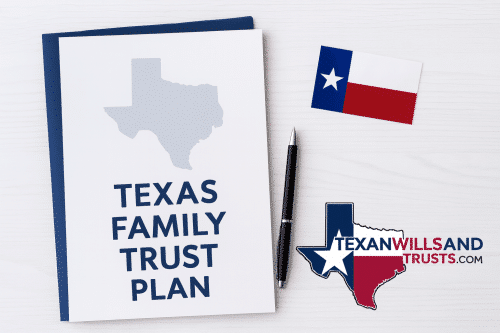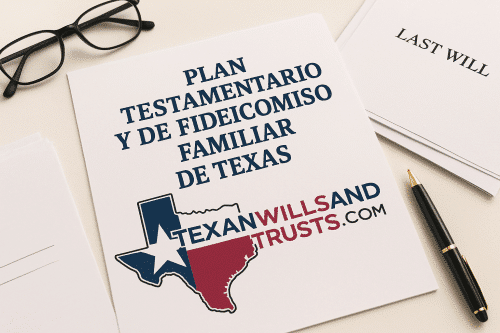Wills and Trusts
What’s the Difference Between a Will and a Living Trust?
Estate planning is essential for ensuring your assets are distributed according to your wishes. Two common options are a last will and testament and a living trust, but they function differently and serve distinct purposes. Understanding their differences can help you make the right choice for your situation.
What Is a Last Will and Testament?
A last will and testament is a legal document that outlines how you want your assets distributed after your death. However, a will must go through probate—a court-supervised process that validates the document, settles debts, and distributes assets.
Key Features of a Last Will and Testament:
✅ Takes effect after death – A will has no power until you pass away.
✅ Names beneficiaries – Specifies who receives your assets.
✅ Requires probate – The court must validate and oversee asset distribution.
✅ Public record – Once probated, the details become accessible to the public.
What Is a Living Trust?
A living trust is a legal arrangement where you (the grantor) transfer assets into a trust while you’re alive. You manage the trust during your lifetime and designate a successor trustee to handle it after your passing. The primary benefit of a living trust is that it allows assets to pass directly to beneficiaries without probate.
Key Features of a Living Trust:
✅ Takes effect immediately – Unlike a will, a living trust is active as soon as it is created.
✅ Avoids probate – Assets in a trust bypass the probate process, allowing faster distribution.
✅ Manages assets during incapacity – If you become unable to manage your affairs, your successor trustee steps in.
✅ Private document – A trust remains private, unlike a will, which becomes public during probate.
✅ Can be changed or revoked – A revocable living trust can be modified as needed during your lifetime.
Key Differences Between a Last Will and a Living Trust
| Feature | Last Will & Testament | Living Trust |
|---|---|---|
| When It Takes Effect | After death | Immediately upon creation |
| Probate Required? | Yes | No |
| Covers Incapacity? | No | Yes |
| Privacy | Public record | Private |
| Time to Distribute Assets | Can take months or years | Immediate to a few weeks |
| Control During Lifetime | No | Yes |
You Don’t Have to Choose Between a Will and a Living Trust
A common misconception in estate planning is that you must decide between a last will and testament or a living trust—but with the Texas Family Will and Trust Plan, you get both. Instead of struggling to determine which is best, this plan is designed to adapt to how you use it.
- If you sign the documents and do nothing else, your estate plan functions like a traditional will-based plan. This means less work upfront, but your estate will go through probate.
- If you transfer assets into the trust or make the trust the beneficiary of payable-on-death accounts, your estate plan will function as a trust-based plan, avoiding probate. This takes more effort upfront but makes things easier for your loved ones later.
This flexible approach ensures you don’t have to make a difficult decision now. You can start with a Texas Family Will and Trust Plan today and decide over time how you want it to function. Either way, your estate plan is in place.


